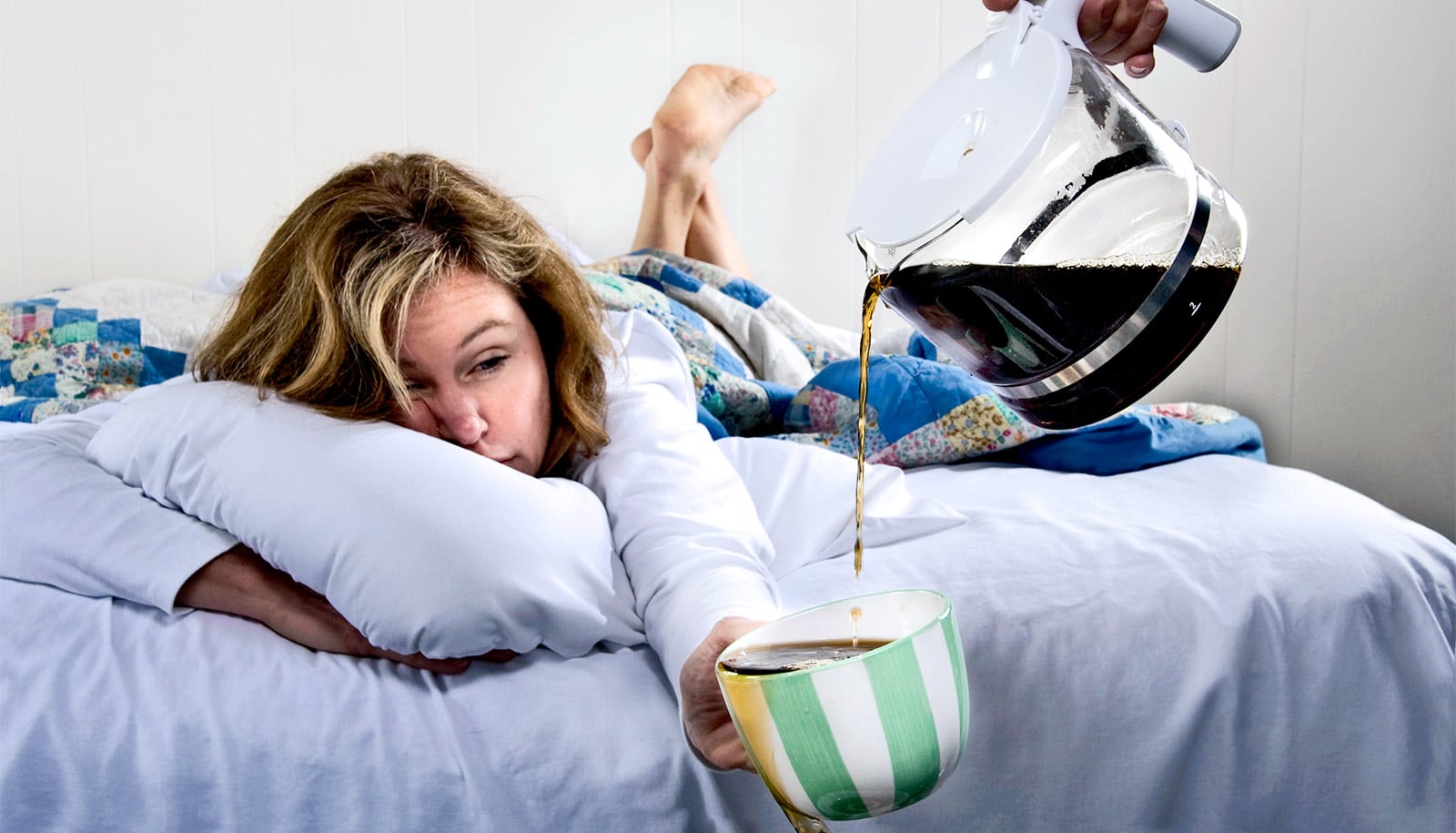Nurses exposed to 40 minutes of bright light before their night shift begins feel less fatigued and make fewer errors at work, according to a new study.
The nurses also sleep better when their shift is over.
“Health care workers are experiencing high levels of fatigue due to staffing shortages, difficult schedules, and heavy workloads. Further, the cost of medical errors has been estimated at tens of billions of dollars per year in North America,” says Jay Olson, senior author of the recent study in Sleep Health, who completed his PhD at McGill University and is now a postdoctoral fellow at the University of Toronto.
“Our study shows that feasible changes, such as getting light exposure before the night shift, may help reduce fatigue and its effects on performance at work, something which could benefit both the nurses and their patients.”
Building on a previous study, the researchers recruited close to 60 nurses at the McGill University Health Centre. The nurses worked schedules that rotated between day and night shifts within the same week.
During an initial 10-day observation period, nurses in the experimental group made a total of 21 errors, ranging from giving the wrong medication dose to accidental needle pricks.
However, when given 40 minutes of bright light exposure from a portable light box before their night shifts, the nurses made only seven errors—a reduction of 67%.
This confirmed the results of a previous feasibility study where the researchers saw a similar 62% reduction in the number of errors at work. In contrast, nurses in the control group who changed their diet to improve their alertness showed only a 5% reduction in errors.
The researchers also found that nurses who followed the evening light intervention reported larger improvements in fatigue compared to those in the control group. In addition, the nurses who reported higher levels of fatigue made more errors at work.
“Interventions like the one we studied are relevant to a large population of workers, since between a quarter and a third of the world’s employees do some form of shift work,” says first author Mariève Cyr, a fourth-year medical student at McGill University. “Although we focused on nurses working rotating schedules, our results may apply to other types of shift workers as well.”
The researchers are conducting workshops on practical fatigue management at hospitals and other workplaces and have launched a website that shift workers can use to adapt the interventions to their own schedules.
Source: McGill University



